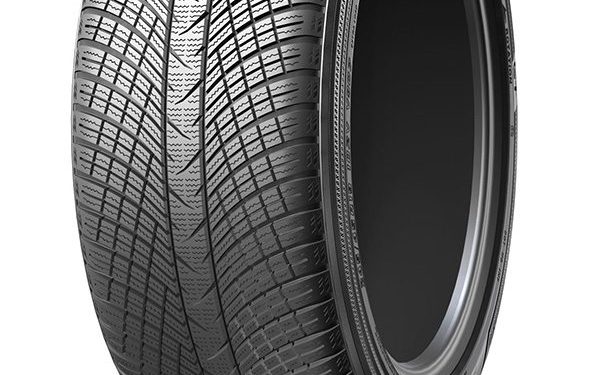By Helen Yan
SINGAPORE (ICIS)–Asia butadiene (BD) prices are near bottom but may still have room to fall lower because of weak demand and abundant supply in China, industry sources said on Tuesday.
In the week ended 22 March, BD spot prices plunged to $1,500-1,550/tonne (€1,170-1,209/tonne) CFR (cost and freight) northeast (NE) Asia, down by 25% or more than $500/tonne since 1 March, when prices hit $2,100/tonne CFR NE Asia, ICIS data showed.
“There is surplus BD in China because several downstream synthetic rubber producers have either shut down their plants or have cut their operating rates, and this will put pressure on the BD prices,” a China-based trader said.
Synthetic rubber producers including Huayu Rubber, Beijing Yanshan Petorchemical, Shandong Huamao and Fuxing Chemical in China have either shut down their plants or are running their plants at sharply reduced rates of around or below 50% of their capacities, industry sources said.
“It depends on China and what prices they are willing to sell BD. They still have high inventories, but if they can hold on, then BD prices are likely near bottom,” a trader said.
Chinese domestic BD prices fell to yuan (CNY)10,800-11,500/tonne ($1,739-1,852/tonne) DEL (delivered) on 25 March, down by CNY3,500-4,000/tonne since 1 March, according to Chemease, an ICIS China service.
BD spot prices plummeted when the resurgence in Chinese demand did not materialise as anticipated.
The key China market was closed from 9-15 February for the festive Lunar New Year and there was much anticipation that Chinese buying interest will surge after the holiday.
However, to the dismay of traders who had built up BD stocks prior to a week-long holiday, Chinese demand remained subdued.
Market uncertainty and the weak global automotive industry amid a crisis-ridden Europe, a fragile US economic recovery and slowing Indian economy, have dampened buying sentiment and suppressed demand for rubber in Asia as tyre makers adopt a cautious stance, industry sources said.
Asia is a major production centre for global tyre makers including Goodyear, Bridgestone, Michelin, Kumho and Toyo Tires.
Synthetic rubber is used in the production of tyre for the automotive industry while BD is a major feedstock for synthetic rubber.
“Demand for rubber is weak and rubber makers are unwilling to stock up on their BD stocks. In the meantime, there are too many BD cargoes looking for customers, so traders with BD stocks-in-hand may be pressured to drop their BD prices lower in April,” a downstream synthetic rubber producer said.
The weak market sentiment has been exacerbated by the recent sharp falls in natural rubber (NR) prices in mid-March when the Chinese authorities ordered the local warehouse operators in Qingdao to clear rubber stocks which were over a year old for safety reasons following a fire in early March at the vicinity.
Qingdao, a rubber trading hub in China, was overstocked with rubber early this year, including more than 300,000 tonnes of NR and 50,000 tonnes of synthetic rubber.
In response to the directive to clear the excess rubber stocks, NR prices tumbled.
Tyre grade SMR20 fell to $2,680/tonne FOB Malaysia on 14 March at the Malaysian Rubber Exchange, down by $210/tonne since 1 March, when prices were at $2,890/tonne FOB Malaysia.
Similarly, styrene butadiene rubber (SBR) non-oil grade 1502 prices dropped to average $2,275/tonne CIF (cost, freight, insurance) China on 20 March, down by $200/tonne from 6 March, when prices averaged $2,475/tonne CIF China, ICIS data showed.
NR and synthetic rubber are substitutes for each other in the production of tyres for the automotive industry and their prices tend to impact each other.
However, industry sources said any further BD price decline will be moderated or capped by the cuts in the cracker operating rates.
Several cracker operators including Yeochun NCC (YNCC) and Formosa Petrochemical Corp (FPCC) have cut their operating rates to 90% of their capacities and will further reduce the operating rates in April because of poor margins.
“We see BD prices possibly falling to around $1,400/tonne CFR NE Asia in early April before rebounding in late April or early May,” a trader said.
($1 = €0.78 / $1 = CNY6.21)
Source: icis.com


























